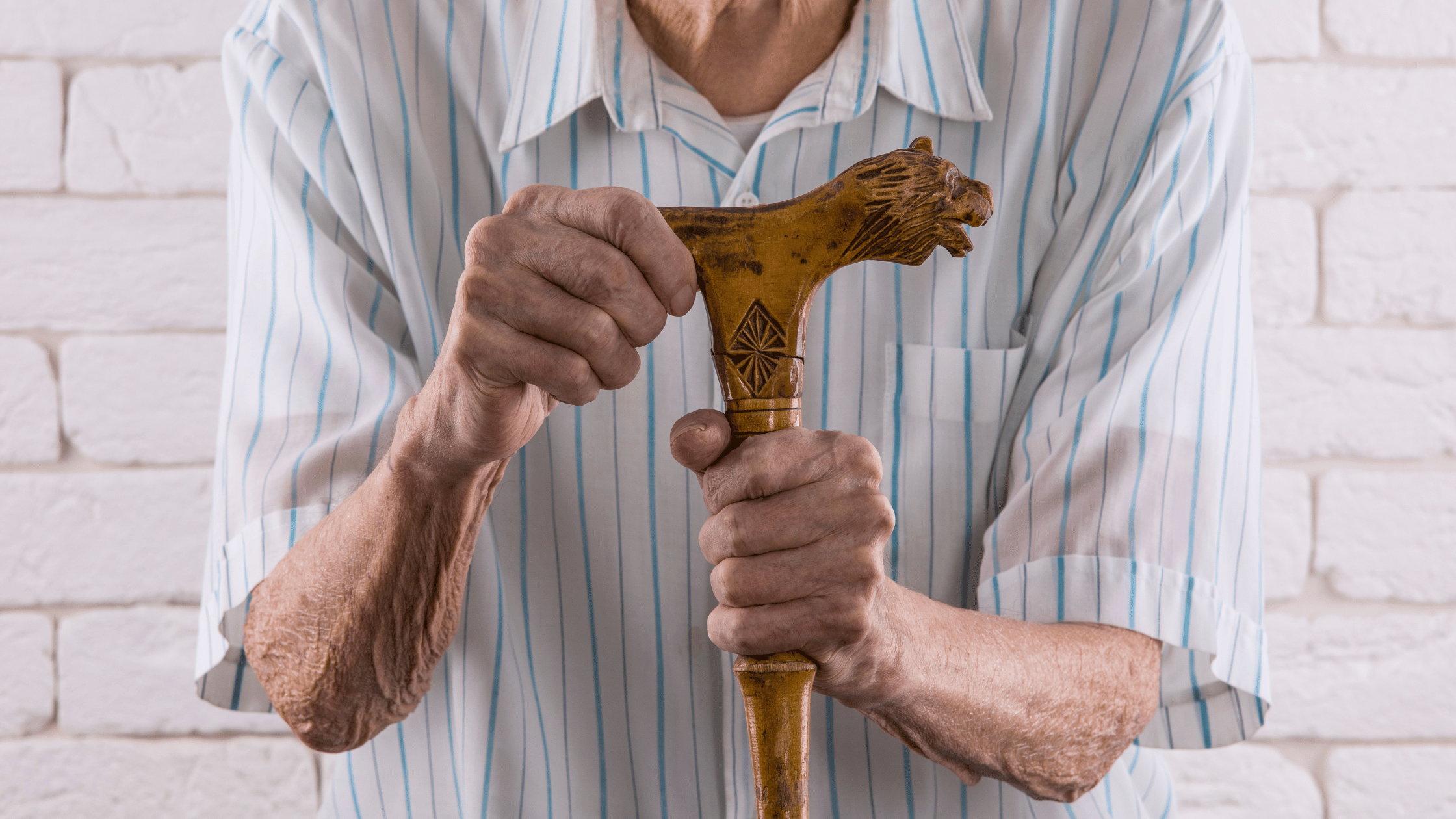Licensed Physical Therapist, PT, DPT // EW Pilates Instructor // EW Yoga Instructor // EW Balance Instructor // EW Motion Therapy Homewood
Balance is an integral part of our daily lives, influencing everything from walking and standing to climbing stairs and participating in sports. As we age, it's common to notice changes in our balance, often leading to concerns about whether we can ever return to the levels of stability we enjoyed in our youth. While aging is inevitable, there are strategies you can employ to keep moving and stay healthy, including physical therapy. We love helping our senior patients at EW Motion Therapy move safely through individualized treatment and group balance classes. Even if you decide that our services don’t fit your needs, you can still read on as we explore the dynamics of balance, how and why it changes over time, and the role physical therapy can play in restoring balance.
Understanding balance: a delicate harmony
The mechanics of balance
Balance is a complex system, relying on the harmonious integration of our visual, vestibular (inner ear), and proprioceptive (sensory feedback from muscles and joints) systems. This trio works together to send signals to the brain, ensuring we can navigate our environment safely and effectively. When all three systems are functioning well, we can maintain balance.
As we age, changes in these systems can disrupt this harmony, affecting our balance. Vision may decline, reducing our ability to gauge distances and perceive obstacles. The inner ear, which plays a crucial role in maintaining equilibrium, can also deteriorate over time. Additionally, proprioception diminishes as muscle strength and joint flexibility decrease, making it harder for the body to react to balance disturbances.
The aging factor: why balance declines with age
Biological changes
Aging is a significant factor in balance deterioration due to natural biological changes. Muscle mass, endurance, and strength tend to decrease. Functionality of your joint receptors and response times tend to decline - this is why catching yourself from falls becomes harder as you age. Joint stiffness and reduced flexibility also become more common, which may cause you to reduce your activity level. Decreased activity has multiple effects, including impacting your posture and the body's overall stability.
The role of chronic conditions
Chronic health conditions, such as arthritis, diabetes, and heart disease, which are more prevalent with age, can further impair balance. Medications used to treat these conditions might also cause dizziness and contribute to balance issues, making aging a multifaceted challenge for maintaining balance and independence.
Can balance be restored?
While aging is inevitable, the decline in balance that often accompanies it is not a foregone conclusion. The human body is remarkably adaptable, and with the right interventions, it's possible to maintain—or even improve—balance as we age.
Physical therapy is a powerful tool in the quest to restore balance. Research has shown that 50+ hours of balance training can reduce fall risk in older adults. Through a tailored program that addresses individual needs, physical therapists can help strengthen muscles, improve flexibility, and enhance proprioception. This, in turn, can lead to better balance and a reduced risk of falls, as well as help you continue to be active after physical therapy.
Physical therapy: a path to better balance
Assessment and personalization
Physical therapy begins with a comprehensive assessment to identify specific balance problems. Based on this assessment, physical therapists develop a personalized plan that targets the individual's unique challenges or deficits. This plan may include exercises and/or balance training to improve strength, flexibility, coordination, and activities designed to enhance proprioceptive and vestibular function.
Progressive improvement
Physical therapy for balance focuses on gradual improvement that sometimes takes a lot of time and practice. Therapists guide patients through exercises that become progressively more challenging as their balance improves. This approach helps improve balance and boosts confidence, reducing the fear of falling, which can be a barrier to physical activity.
Embracing a balanced future
Lifestyle changes and ongoing activity
Improving balance isn't the sole purpose of physical therapy. Lifestyle changes, such as staying active, practicing yoga or Tai Chi, and ensuring homes are free from trip hazards, can all contribute to better balance. Regular exercise, particularly activities that challenge balance, is essential for maintaining the gains achieved through physical therapy. You should aim to do 150 minutes of moderate-intensity exercise and 2 days of strength training per week.
The role of technology
Advancements in technology, such as virtual reality and balance-assisting devices, offer new avenues for balance training. These tools can make exercises more engaging and accessible, providing additional support for improving their balance. Your physical therapist can help you determine the assistive devices that best suit your needs and can even help you adjust your equipment for the perfect fit.
While we may not be able to turn back the clock to our youthful levels of balance, there is significant potential to restore or improve stability through dedicated effort and the right strategies. Physical therapy plays a crucial role in this process, offering tailored exercises and guidance that address the unique balance challenges aging presents.
It’s essential to remain patient and consistent in embracing the journey toward better balance. Improvements may be gradual, but achieving a stable and confident stance is within reach with perseverance and the proper support. This is what our physical therapists at EW Motion Therapy remind our clients of every day: if you can get a little better, you can get a lot better. If you want to learn strategies to reduce fall risk in your home as you work to improve your balance, click the button below to download our free home safety guide.



